For now.. the developers may be back! (watch this space for updates..)
Livable Mountain View is pleased to announce the eligibility of Mountain View’s Weilheimer House (939 Villa, currently Chez TJ) and the Air Base Laundry (954 Villa, currently Tied House) for the National Register of Historic Places and the California Register of Historic Resources.
These historical buildings link Mountain View’s history from the Gold Rush to today’s Silicon Valley.
How did this come about? The State Historical Resources Commission (SHRC), a nine-member state board which identifies, registers and preserves California’s cultural heritage, reviewed our nominations which included written documentation of the historical and architectural significance of these two buildings. The owners (who opposed historical designation) presented their chosen documents. A public hearing was held in Sacramento on February 2, 2019. Both sides were allotted time for oral and visual presentations. Public discussion and deliberation followed.
What does this mean? As stated in the attached qualifying letters, historic status does not restrict the owner from normal use of the property but any project that would cause “substantial adverse changes in the significance of a registered property may require compliances with local ordinances or the California Environmental Quality Act.”
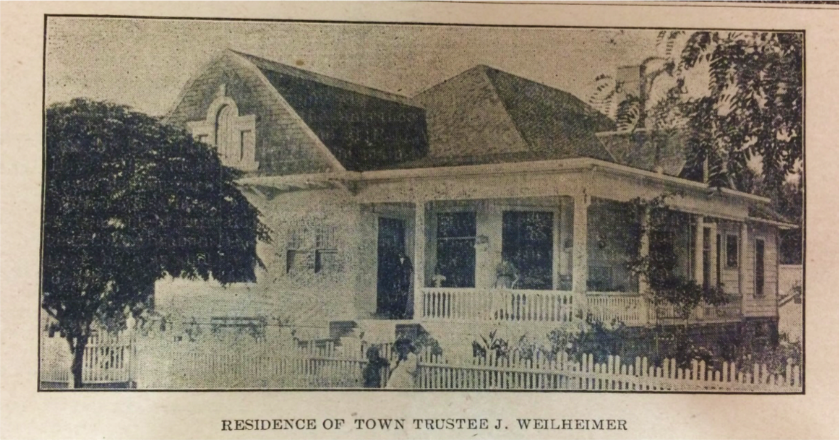
Why these buildings? Weilheimer House was built in 1894 by Julius Weilheimer, son of Seligman Weilheimer, a German-Jewish immigrant who, with his brother, settled in the hamlet of Mountain View in 1853. The town was located at the stage coach stop near Grant Road and El Camino. The Seligman’s general store was followed by many other family businesses including a hotel, livery, and additional general stores.
In 1865 the “new” Mountain View was laid out along the Southern Pacific Railroad tracks. Known as “Villa Lands” this is the Mountain View we know today. It included Castro, Hope, Villa, Dana, Franklin and Oak Streets. Julius Weilheimer, born in Mountain View in 1860, eventually ran many of the family businesses which by then were located on and around Castro Street. He served as trustee, mayor (holding city council meetings in Weilheimer House), vice-president of the local bank (now Red Rock Coffee) and led the effort to rebuild the downtown after much of it was destroyed in the 1906 earthquake. The Weilheimer’s Farmers’ Store built in 1874 (now the site of Oren’s Hummus) is believed to be the oldest building in Mountain View and possibly the Peninsula. (See more on the history of Castro Street here.)
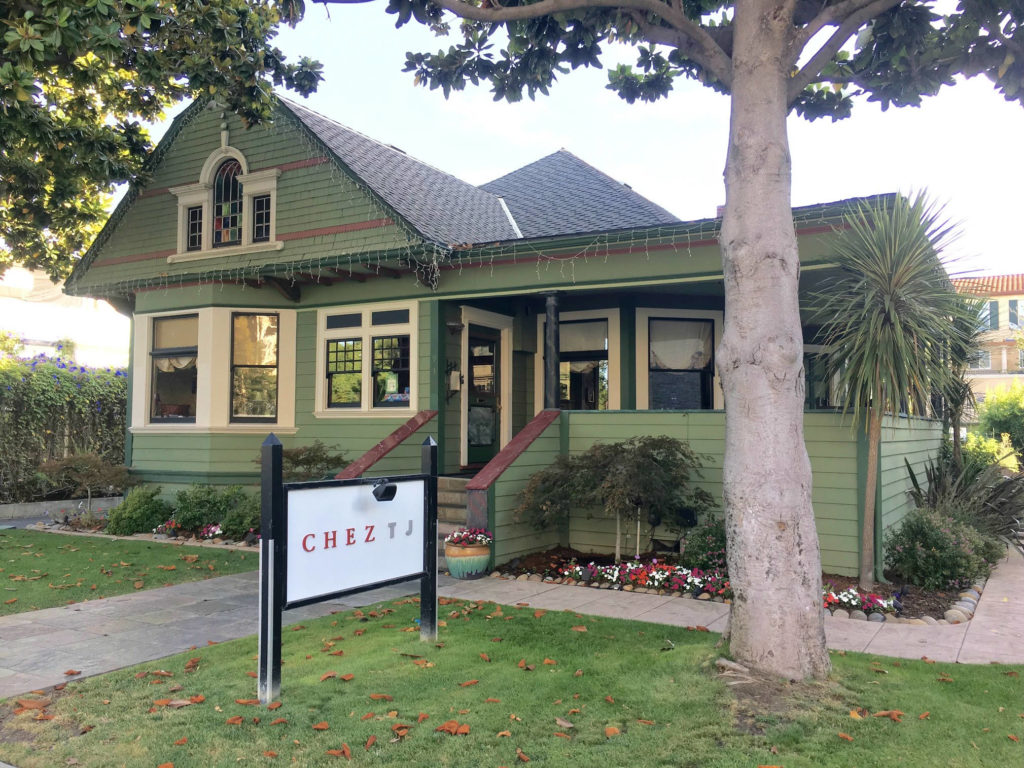
Weilheimer House is also significant as it is an excellent, well preserved example of the Queen Anne style of architecture. This includes a street façade and many original windows which retain their historic integrity. Reused as a restaurant since 1982, the interior has many original features and materials.
Although Julius Weilheimer moved in 1910, the historic significance of his house did not end because the next occupants, Arthur Free and his family, moved in. Arthur Free, a Stanford graduate, was the only Congressional Representative from Mountain View. He served five terms representing Santa Clara County.
What is significant about Arthur Free and Weilheimer House? In the midst of the Great Depression cities across the state competed to be the site of a new airfield to house the massive dirigibles being developed to protect the west coast. Through the efforts of Free and local leaders, Santa Clara County was awarded the airbase in 1930. Congressman Free introduced the “Free Bill” to establish the base and authorize $5 million for construction of what we now know as Moffett Field/Ames Research. President Hoover (who had attended Stanford and knew the area) signed the Free Bill on Feb. 20, 1931 giving control of the site to the Navy who named it after Admiral William Moffett. Thirty Spanish Revival style buildings, a power plant and a laundry were recorded as being built in 1931-1932.
As dirigibles became obsolete, the base was transferred to the Army in 1935 where it became a training facility for the Army Air Corps (U.S. Air Force). In 1939 Congress allotted $10 million for aeronautical research (Ames Research). Pilot training continued at Moffett during World War II. Trainees, including actor Jimmy Steward (It’s a Wonderful Life), frequented Castro Street. We will never know if he was a customer of the Air Base Laundry as well.
Thus, Weilheimer House directly links Gold Rush pioneers to the research and development of technology which is Silicon Valley.
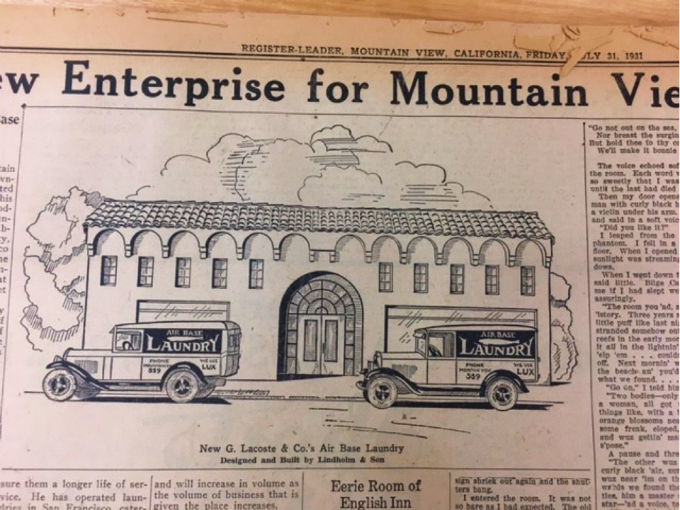
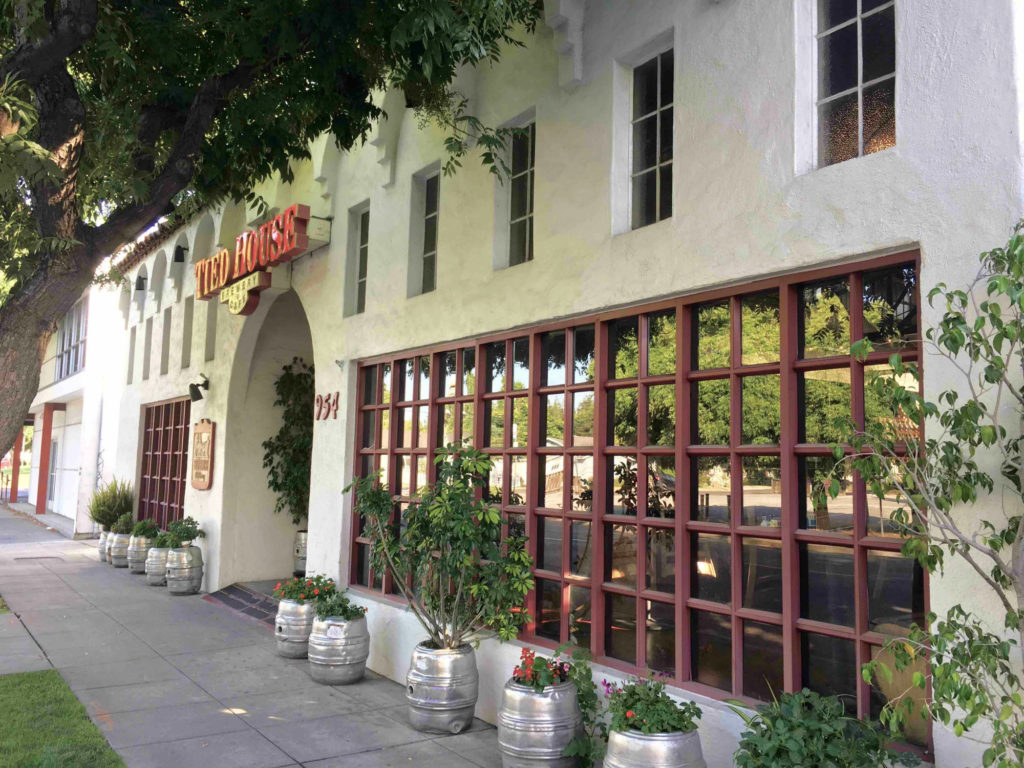
Why Preserve Air Base Laundry/Tied House? Built in 1931, at the same time as the Air Base, this building served the Base and was clearly built to match the thirty beautiful Spanish Revival Buildings which are on the National Register of Historic Places. It retains its stucco finish, red roof, original upper story windows and corbels below the roof line. Although updated since 1931, the materials and scale of the doors and windows are consistent with that of the original building.
Thus, by history, function and design the Air Base Laundry is our link to the earliest air and space technology and the events which brought us today’s technological world.


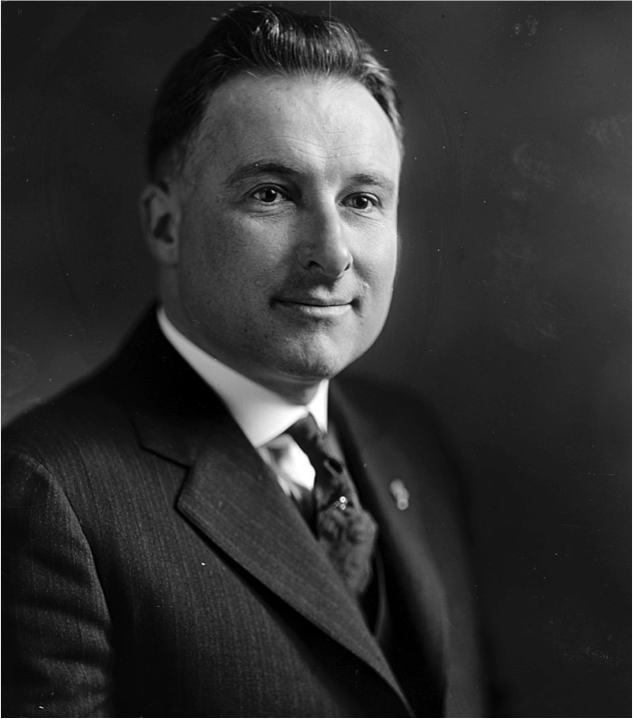
Recent Comments